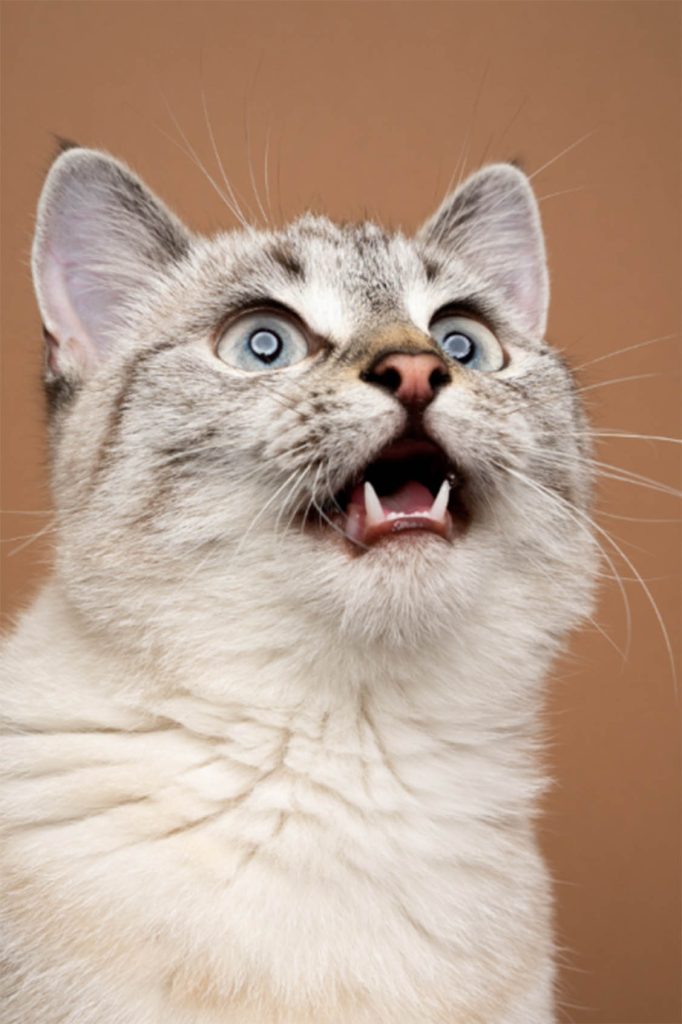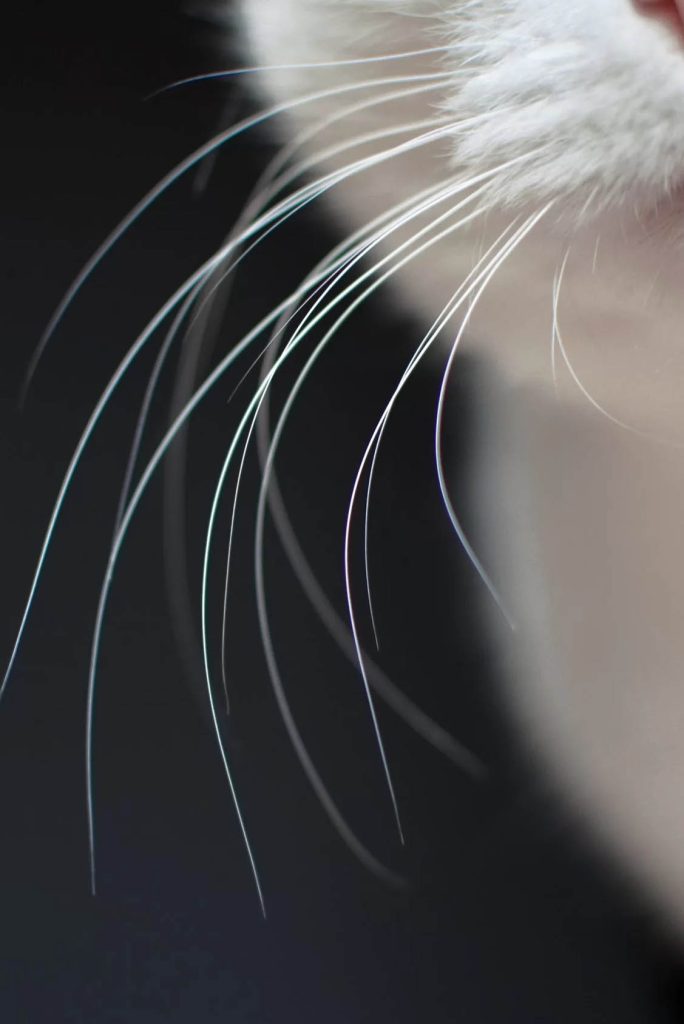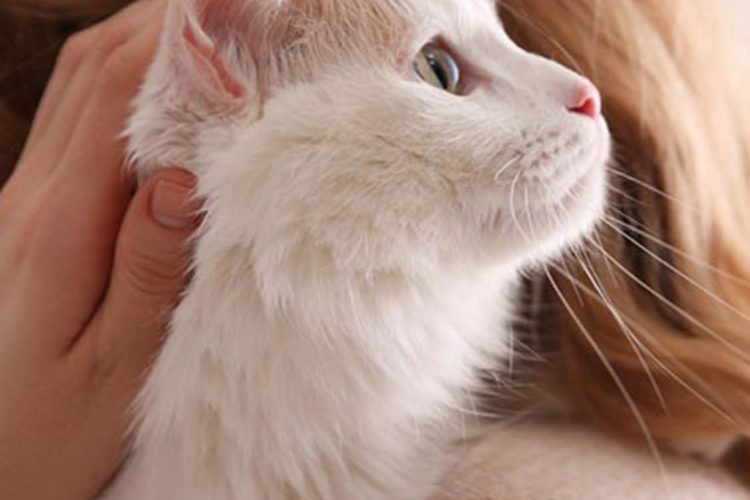As a proud cat parent, one of the most fascinating aspects of my feline friends has always been their communication style. Cats may not speak in words like we do, but they have developed a rich language of sounds, gestures, and body movements that convey a plethora of messages. Understanding these forms of communication can enhance our bond with our cats, allowing us to meet their needs and respond to their emotions better. In this comprehensive guide, I’ll delve into the various ways cats communicate, focusing on their meows, purrs, and body language.
The Language of Meows
1. The Classic Meow
When your cat greets you with a simple “meow,” it could mean a variety of things. This is the basic form of cat communication and often serves as a greeting. In my experience, my cat, Luna, often meows when I come home after a long day. It’s her way of saying, “Hey, I’ve missed you!”

2. The Demand Meow
Sometimes, a meow can sound more insistent. This is often a signal that your cat wants something—food, attention, or to be let outside. For example, my friend’s cat, Oliver, has a high-pitched, demanding meow that he uses when he’s ready for dinner. It’s a sound that you can’t ignore!
3. The Long Wail
If your cat produces a drawn-out meow, it could signify distress or discomfort. Cats may wail when they feel unwell or if they are trying to communicate that something is wrong. When my previous cat, Bella, was sick, her long, mournful meows were a clear indicator that she needed immediate attention.
4. The Chirp or Chatter
This unique sound is often heard when cats are watching birds or squirrels. It’s a mix between a meow and a purr, and it may be a way for them to express excitement or frustration at not being able to reach their prey. Watching Luna chirp while observing birds through the window is both amusing and insightful—it’s as if she’s trying to strategize her next move.
The Significance of Purring
5. The Comforting Purr
Purring is one of the most beloved sounds a cat can make. Generally, it signifies contentment and relaxation. When Luna curls up next to me and starts to purr, it’s a moment of pure joy for both of us. It’s a soothing sound that indicates she feels safe and happy in her environment.

6. The Healing Purr
Interestingly, studies have shown that cats may purr when they are injured or unwell. This behavior could be a way to self-soothe or promote healing. When Bella was recovering from surgery, she would purr quietly, which seemed to comfort her during a tough time.
7. The Purr with a Purpose
Some cats may use their purrs to solicit attention or food. This “solicitation purr” is often higher in pitch and can be very effective. When Luna wants a treat, her purr often has a slightly different tone, which prompts me to take action and reward her.
Understanding Body Language
8. Tail Position
The position of a cat’s tail is a significant indicator of its mood.
- Upright Tail: When a cat walks around with its tail held high, it’s usually a sign of confidence and happiness. Luna often displays this behavior when she’s exploring new territory in the house.
- Curved Tail: A cat with a tail that curves at the tip may be feeling playful or friendly. It’s as if they’re saying, “Let’s have some fun!”
- Low or Tucked Tail: A low or tucked tail indicates submission or fear. If you notice your cat walking around with a low tail, it’s important to assess their environment and ensure they feel safe.
9. Ears and Eyes
Cats’ ears and eyes can provide a wealth of information about their emotional state.
- Forward Ears: When a cat’s ears are pointed forward, it indicates curiosity or interest. Luna often exhibits this behavior when she spots a bug or hears a noise outside.
- Flattened Ears: On the other hand, if the ears are flattened against the head, it signals fear or aggression. When I accidentally startled Luna while playing, her ears went flat, and she bolted to a safe spot.
10. Eye Contact and Blinking
Cats use their eyes to communicate feelings.
- Slow Blinking: If a cat slowly blinks at you, it’s a sign of affection and trust. This behavior is often referred to as a “cat kiss.” I try to return the gesture by slow blinking back at Luna, and it’s heartwarming to see her relax.
- Direct Stare: A direct, unblinking stare can be perceived as a challenge or threat. If another cat stares at Luna without breaking eye contact, she will often look away to avoid confrontation.
The Role of Whiskers
11. Whisker Positioning
Whiskers are crucial for a cat’s spatial awareness and communication.
- Relaxed Whiskers: When whiskers are relaxed and positioned slightly forward, it indicates curiosity and comfort. Luna often shows this when she’s exploring a new box or sniffing around a new area.
- Pulled Back Whiskers: If a cat’s whiskers are pulled back against its face, it may indicate stress or aggression. Observing this in any cat requires careful attention to their behavior and environment.

Vocalizations Beyond Meows and Purrs
12. Hissing and Growling
Hissing and growling are vocalizations that signal fear, aggression, or discomfort. If Luna ever hisses at a stranger or during playtime, I know it’s time to back off and reassess the situation. These sounds are meant to warn others to stay away.
13. Chirps and Trills
Chirps or trills are often used by mother cats to communicate with their kittens or by cats to greet their humans. When I walk into the room, Luna sometimes greets me with a soft trill, as if to say, “I’m happy to see you!”
The Importance of Context
Understanding cat communication is not just about individual sounds or body language; it’s also essential to consider the context. A meow may mean something different based on the situation. If Luna is meowing while staring at her empty food bowl, it’s clear that she’s asking for dinner. On the other hand, if she’s meowing while playing with her favorite toy, it may simply indicate excitement or joy.
Creating a Bond Through Communication
14. Listening and Responding
As cat parents, taking the time to listen and respond to our cats’ communication can significantly enhance our bond. By understanding their sounds and body language, we can provide them with the attention, care, and affection they need.
15. Engaging in Play
Interactive play can also facilitate communication. Using toys that encourage your cat to pounce, chase, and jump can prompt a range of vocalizations and behaviors, helping us better understand their preferences and emotional states.
16. Quality Time
Spending quality time with your cat while observing their behaviors and responses allows for a deeper understanding of their unique communication style. Over time, I’ve learned to recognize Luna’s subtle cues, making our relationship stronger.
Understanding cat communication is an ongoing journey that brings us closer to our feline companions. By paying attention to their meows, purrs, body language, and context, we can create a nurturing environment that meets their needs and celebrates their individuality. As you navigate your life with your cat, remember to cherish those small moments of connection—they are often the most meaningful.
Whether it’s the sound of a gentle purr, a playful meow, or the way your cat curls up beside you, each interaction is a testament to the bond you share. So the next time you hear your cat’s distinctive sounds or observe their fascinating behaviors, take a moment to appreciate the unique language they’ve developed just for you.
